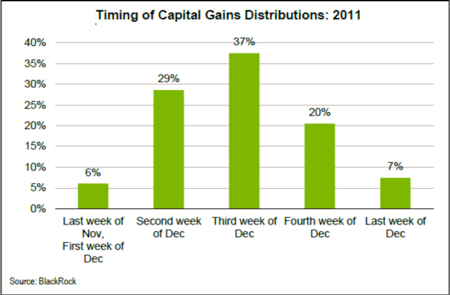
 High earners beware! Thanks to the new Medicare Surtax deducting investment management fees becomes even more complicated.
High earners beware! Thanks to the new Medicare Surtax deducting investment management fees becomes even more complicated.
This potentially applies if you are:
- Single earning more than $200,000
- Married filing jointly earning more than $250,000
In a blog last year I explained the grey area of deductibility of investment management fees. In general, investment management fees paid in taxable accounts (such as single, joint or living trust accounts) are a tax deductible expense and reported as a Miscellaneous Itemized deduction on Schedule A of Form 1040. However, this only benefits taxpayers whose Miscellaneous Itemized deductions exceed 2% of their Adjusted Gross Income.
But the new Medicare Surtax further fogs up this grey area. The basic rule is that investment management fees are deductible against the 3.8% Medicare surtax on net investment income. However, the 2% “rule” still applies, and to further complicate the issue, the deduction amount must be prorated if you have other miscellaneous deductions.
The good news is that for those working with a professional tax preparer you may not even notice the fog. You will want to continue to provide your tax preparer your yearend tax report from your brokerage firm (such as Raymond James) which contains the necessary information on investment management fees. For those preparing their own tax return, the IRS has stated that they will be providing special IRS forms to assist in the calculation early next year.
As always, if you need help getting through the maze, give us a call.
Timothy Wyman, CFP®, JD is the Managing Partner and Financial Planner at Center for Financial Planning, Inc. and is a frequent contributor to national media including appearances on Good Morning America Weekend Edition and WDIV Channel 4 News and published articles including Forbes and The Wall Street Journal. A leader in his profession, Tim served on the National Board of Directors for the 28,000 member Financial Planning Association™ (FPA®), trained and mentored hundreds of CFP® practitioners and is a frequent speaker to organizations and businesses on various financial planning topics.
The information has been obtained from sources considered to be reliable, but we do not guarantee that the foregoing material is accurate or complete. Any opinions are those of Center for Financial Planning, Inc., and not necessarily those of RJFS or Raymond James. Please note, changes in tax laws may occur at any time and could have substantial impact upon each person’s situation. While we are familiar with the tax provisions of the issues presented herein, as Financial Advisors of RJFS, we are not qualified to render advice on tax or legal matters. You should discuss tax or legal matters with the appropriate professional.



















